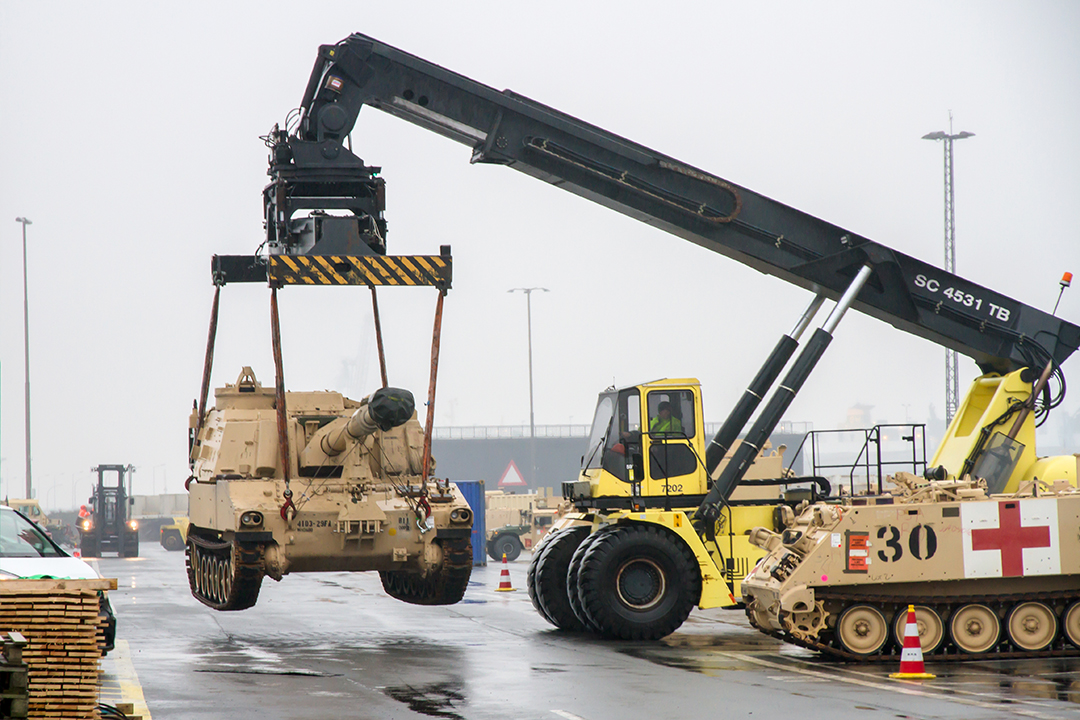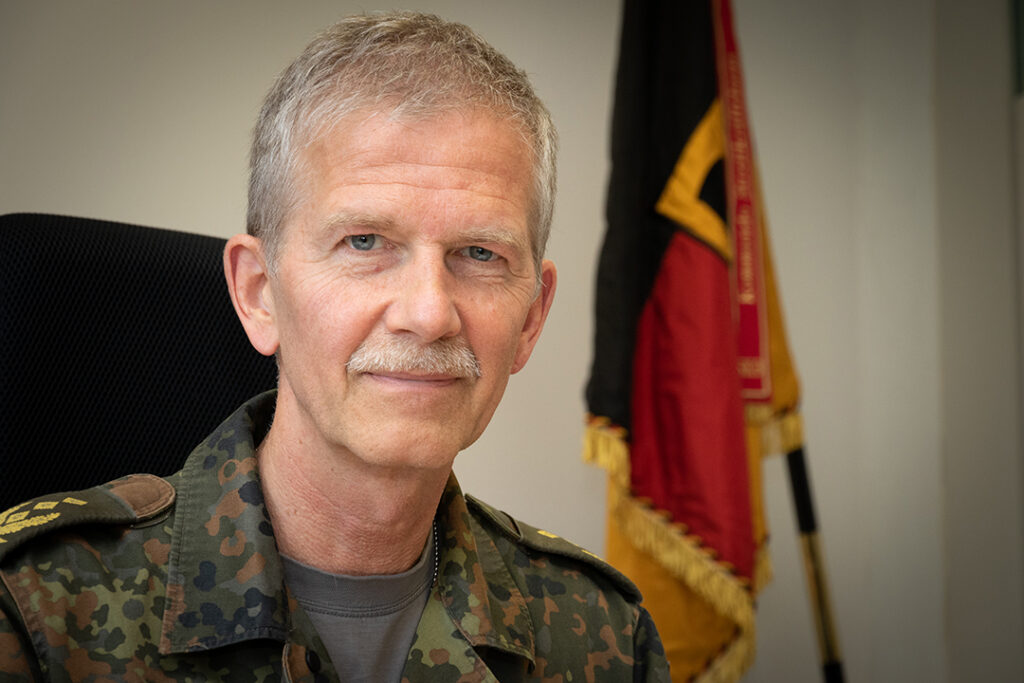LT. GEN. MARTIN SCHELLEIS
February 24, 2022, was a key date for European and transatlantic security policy.
With the Russian Federation’s invasion of Ukraine, President Vladimir Putin not only violated international law, but also put the North Atlantic Treaty Organization (NATO) and its solidarity to the test. The war in Ukrainian territory is taking place directly on NATO’s eastern flank. In addition to providing a broad range of support to Ukraine, NATO allies also must stand together and increase deterrence against Russian aggression.
What role does the Federal Republic of Germany — a powerful economy in the heart of Europe — play in defending the alliance? What can Germany’s national territorial commander contribute, and what support can the United States rely on?
(The national territorial commander is an officer who is not part of the NATO chain of command. In national crises and in war, the commander conducts military tasks in the Federal Republic of Germany that remain under national responsibility.)
In the heart of Europe
U.S. President Joe Biden’s decision to deploy several thousand more troops to Europe has strengthened NATO’s defense posture against Russia. This requires that Europe be capable of ensuring the staging and movement of troops, along with their equipment, weapons and vehicles. The Federal Republic of Germany and its host nation support capability play a key role. This not only involves welcoming allied forces on German territory, but also billeting them while in transit, supplying them at rest areas and other points, and guaranteeing them protection. Because of its geographic location, Germany is a strategic hub that makes essential contributions to enabling military response. The national territorial commander, who is also the chief of the Joint Support and Enabling Service, ensures the provision of these support services. These capabilities include logistics and military police support, and civil/military cooperation with partners at all levels of government. Working together with the public administration, the federally owned motorway operator Autobahn GmbH and Germany’s rail operator, Deutsche Bahn, the German military (Bundeswehr) also ensure that personnel and materiel can be transported without delay.
 (Pictured: Both the German military, or Bundeswehr, and the country’s rail operator help move U.S. vehicles and equipment.)
(Pictured: Both the German military, or Bundeswehr, and the country’s rail operator help move U.S. vehicles and equipment.)
Germany and its most important alliance partner, the U.S., can look back on many years of military cooperation. In exercises such as Defender-Europe 2020 and 2022, the countries have successfully practiced transit through Germany. The capability to deploy troops to a theater of operations is not only crucial for deterrence credibility, but also for protecting NATO territory.
Signs of the times recognized
What changed for Germany after February 24? After the invasion of Ukraine, Germany’s Federal Chancellor Olaf Scholz announced that 100 billion euros will be committed to a special fund for the Bundeswehr and that Germany will permanently spend over 2% of its gross domestic product on defense. Such investment will include the procurement of new aircraft and armored vehicles. The budgetary adjustment also opens the opportunity to enhance the support domain. In concrete terms, this means funds for the procurement of armored and unarmored heavy-equipment transporters. This ensures that the U.S. can continue to rely on Germany for support even if the number of troops transiting through the country increases significantly.
The fact that these procedures have been rehearsed and professionalized is a positive signal. Moreover, Germans have noticed that national and alliance defense constitutes a task for society as a whole. Hence, Germany can respond at short notice to the requirements of arriving allied troops.
Command and control
The experience gathered by the German Armed Forces in connection with the COVID-19 pandemic, floods and related administrative assistance in recent years prepared them for simultaneous and multidimensional events. This requires a common operational picture and coordinated command and control. The Bundeswehr is further developing the command-and-control capability of the national territorial commander’s headquarters. Also, more voluntary service personnel are assigned to homeland security duties. This entire body of personnel is available for related duties, such as securing critical infrastructure.
Germans are now aware that it is only possible to defend their country and Europe as part of a strong transatlantic alliance and their responsibility to contribute to it.
Lt. Gen. Martin Schelleis, pictured, is the chief of the Joint Support and Enabling Service and also the national territorial commander in and for Germany.
IMAGE CREDITS: BUNDESWEHR

